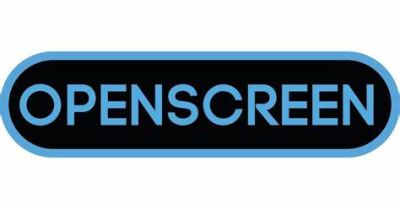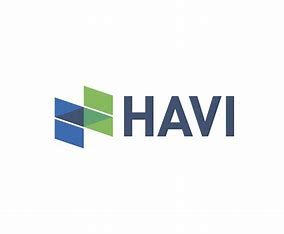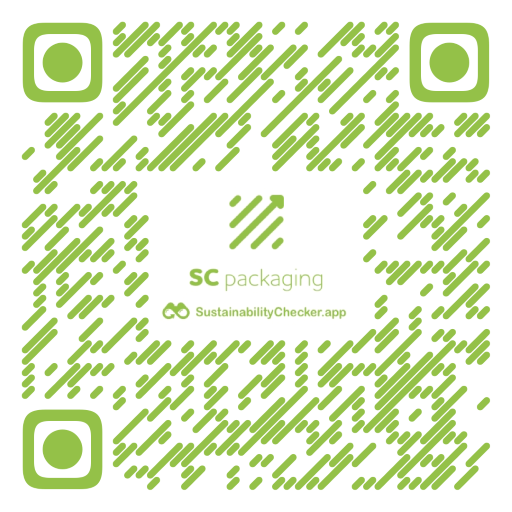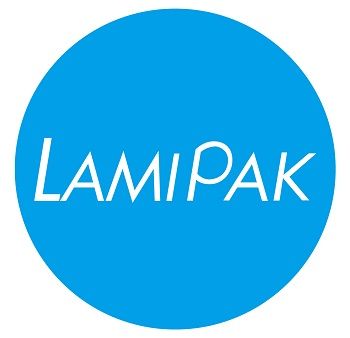Asahi uses the power of CO2 to float real lemons inside beverage cans when opened | 15-07-2025 |
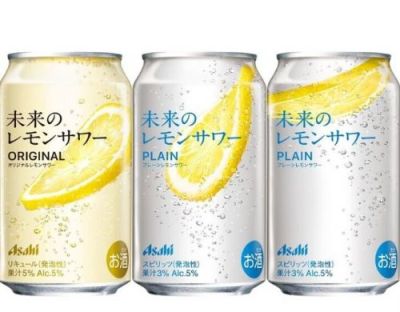
Hot on the heels of its Goodday (Philippines) cultured milk drink connected packaging campaign reported here recently (Newsletter 11-06-25) Asahi has come up with another piece of clever technology. It harnesses the release of carbon dioxide when opening its Mirai no Lemon Sour beverage can to float real lemon slices to the surface of the drink, targeting a ‘unique sensory experience’, it says.
Previously, Asahi’s Super Dry Nama Jokki can was designed to feature a fully opening lid. The uneven surface of its inner coating, developed in collaboration with Toyochem, maintains the frothy and foamy texture of craft beer inside the can.
The Mirai no Lemon Sour can builds upon this development by ensuring that, when the lid is fully opened, real lemon slices float to the top of the can. After ‘extensive’ trials, Asahi’s R&D team reports that slices with a 5mm thickness achieve the optimal balance of floating capabilities and manufacturing efficiency.
“The only power source is the force of the escaping carbon dioxide,” explains Tasuku Yamada, manager of Asahi’s New Brand Development Department. “We pursued the thickness of the slices that would float up using this force, and discovered that 5mm was the optimal choice.”
In addition, Asahi Breweries has developed a specialized parallel link robot to place lemon slices inside the cans; this has now been incorporated into its factory line.
Asahi also sought to prevent the growth of bacteria or microorganisms on the lemon slices by blending them with liquid sugar before drying them; this means they absorb moisture when submerged in liquid inside the can, which maintains their fresh taste and texture.
“The next issue we had to overcome in commercializing the product was the lemon supply system,” Tasuku Yamada continues. “Since it’s something you put in your mouth, we started by looking for a production area where we could find a stable supply of lemons that had not been treated with chemicals after harvesting.”
Market testing was also undertaken to gauge the product’s quality standards and safety, and to ‘ensure that our innovative packaging resonated with consumers and didn’t just come across as a novelty’.
Asahi emphasizes the value of collaborating across industries and functions, spanning from R&D to market distribution, when innovating new packaging designs.
MORE AT AIPIA/AWA SMART LABELING SEMINAR BARCELONA




